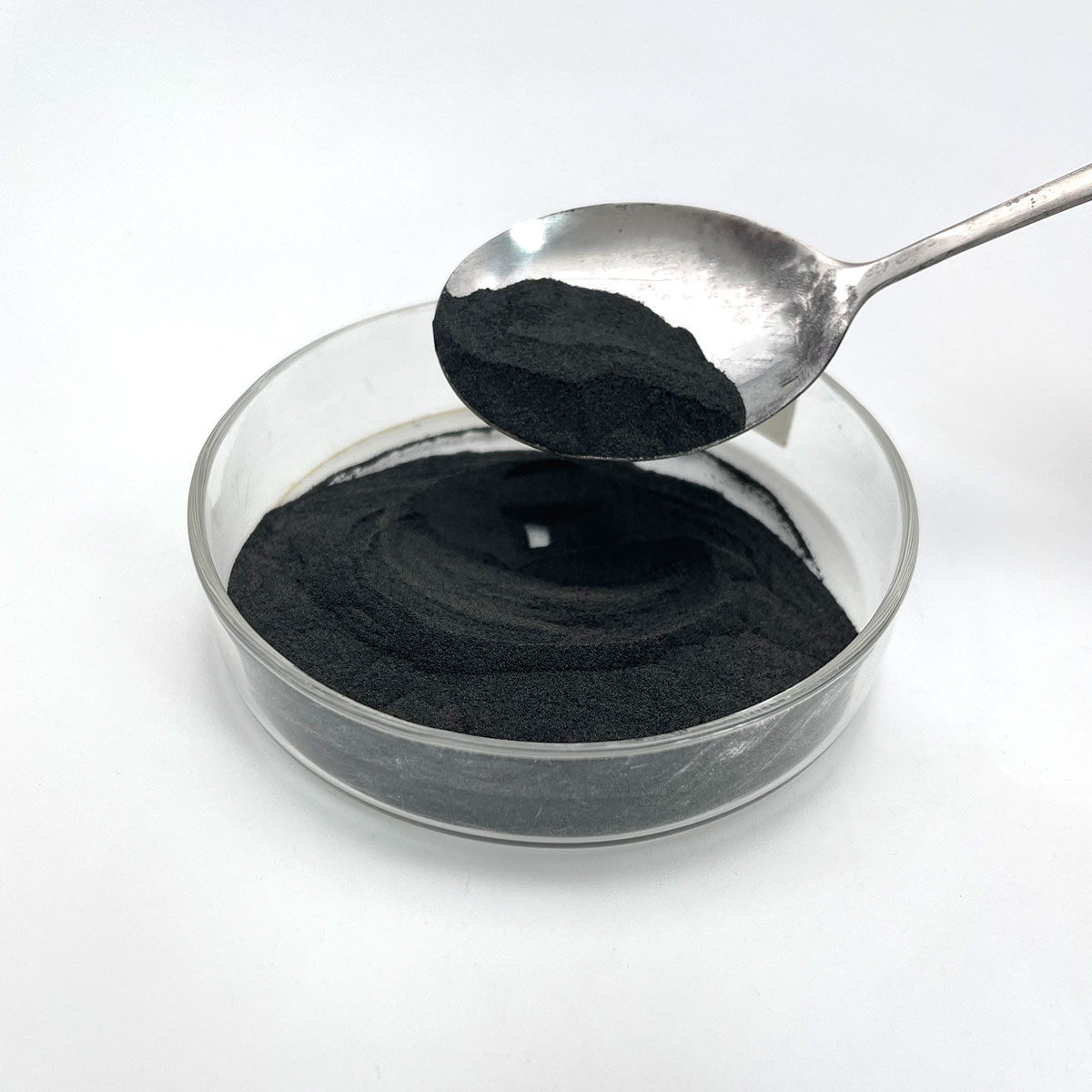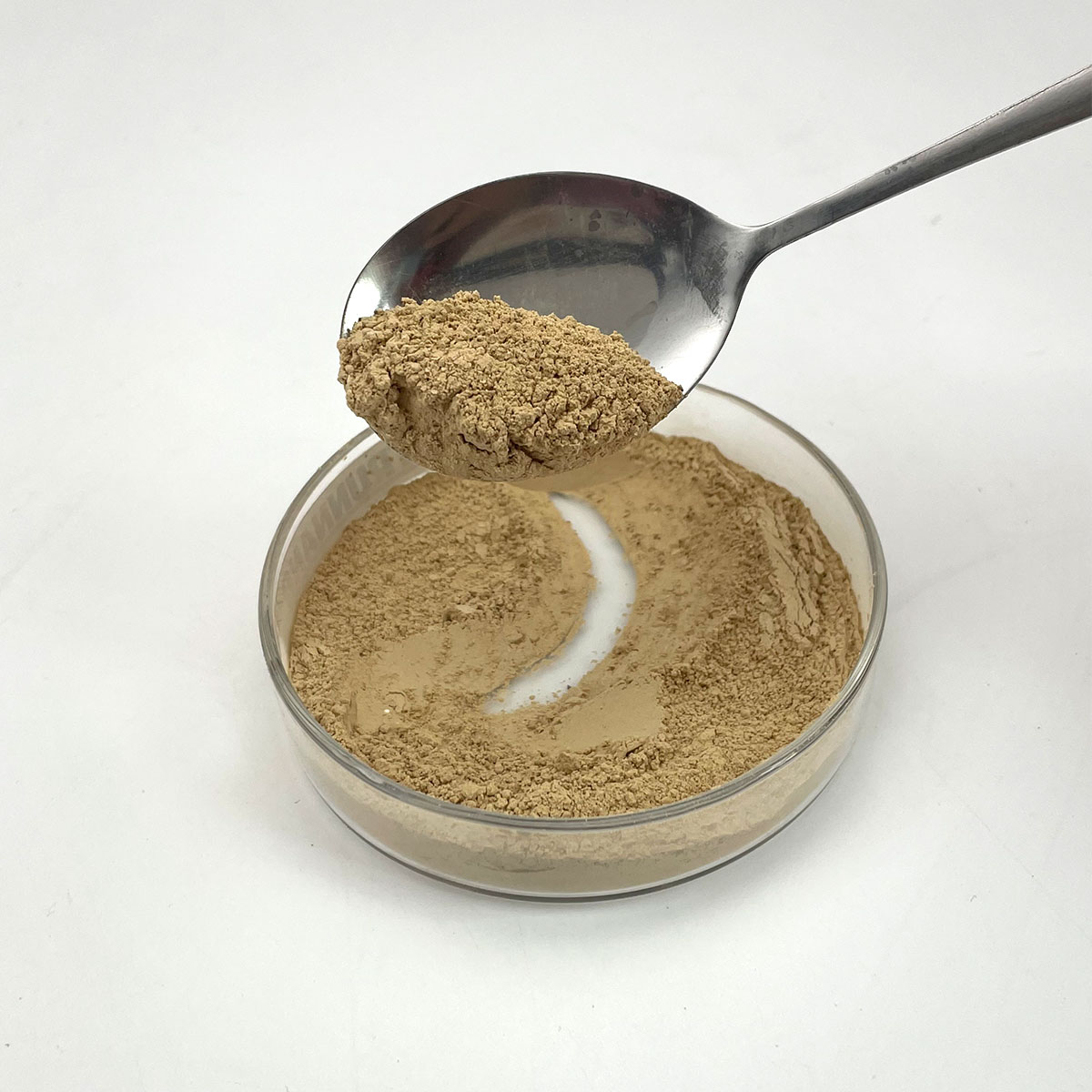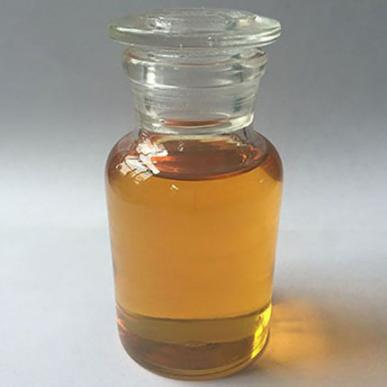1. Introduction
Just 24 hours ago, a major skincare brand announced a full reformulation of its best-selling facial cleanser to remove sodium lauryl sulfate (SLS) following consumer complaints about skin dryness and irritation. This move reflects a growing trend: more people are seeking gentler, sulfate-free alternatives without sacrificing cleaning power. If you’ve ever wondered how to spot SLS on labels—or how to replace it safely in DIY formulations—you’re not alone.

In this practical guide, we’ll walk you through five clear steps to identify, avoid, or substitute sodium lauryl sulfate (also known as sodium dodecyl sulfate, sls sodium lauryl sulfate, or na lauryl sulfate) using safer, effective surfactants. Whether you’re formulating your own shampoo or just reading a product label, these tips will help you make informed choices.
2. Understand What Sodium Lauryl Sulfate Is and Why It’s Used
Sodium lauryl sulfate (SLS) is a powerful anionic surfactant commonly found in shampoos, toothpastes, body washes, and even some herbicides. As a surfactant—short for ‘surface-active agent’—its job is to lower surface tension, allowing water to mix with oil and lift away dirt and grease. This is the meaning of surfactant in simple terms: it helps things that normally don’t mix (like oil and water) work together.
However, SLS is known for being harsh. It can strip natural oils from skin and hair, leading to dryness, redness, or irritation—especially for sensitive skin types. That’s why many consumers now look for milder options like sodium laureth sulfate (also called sodium lauryl ether sulfate or laureth sulphate), which is ethoxylated and generally less irritating.
3. Learn to Spot SLS and Its Many Names on Labels
Manufacturers use dozens of names for SLS and related compounds. Don’t be fooled by technical jargon—here’s how to recognize them:
- sodium lauryl sulfate
- sls sodium
- sodium dodecyl sulfate
- natrium lauryl sulfate
- lauryl sulfate
- sls sulfate
- ammonium lauryl sulfate (a close cousin)
- ammonium dodecyl sulfate
Also watch for sodium laureth sulfate (SLES), often listed as sodium lauryl ether sulphate, sls sodium laureth sulfate, or sulphate laureth sulfate. While milder than SLS, it can still contain trace impurities like 1,4-dioxane, so some prefer to avoid it entirely.

4. Choose Safer, Effective Surfactant Alternatives
Thankfully, many gentle, high-performing surfactants can replace SLS without compromising lather or cleaning ability. The key is understanding surfactant categories: anionic, cationic, non-ionic, and amphoteric.
For everyday cleansing, consider these SLS-free options:
- Alkyl polyglucoside (e.g., decyl glucoside or coco glucoside): non-ionic surfactants derived from coconut and sugar—great for sensitive skin.
- Cocamidopropyl betaine (also called coco betaine or amidopropyl betaine): an amphoteric surfactant that boosts foam and reduces irritation from anionic surfactants.
- Sodium cocoyl isethionate or sodium lauroyl methyl isethionate: mild anionic surfactants often used in ‘syndet’ bars.
- Sodium coco sulfate: a milder anionic surfactant derived from coconut oil.
- Sodium lauroyl sarcosinate (or lauroyl sarcosinate): another gentle anionic option common in toothpaste.
Avoid confusing terms like ‘sodium cocoyl glutamate’ or ‘sodium deoxycholate’ unless you’re formulating—these are niche bio surfactants used in specialty products.
5. DIY Substitution Guide: Replacing SLS in Homemade Formulas
If you’re making your own shampoo, body wash, or even a weed killer, here’s how to swap out SLS safely:

Step 1: Determine your primary function. For cleansing, use a blend of anionic and amphoteric surfactants (e.g., sodium coco sulfate + cocamidopropyl betaine). For herbicides, non-ionic surfactants like polysorbate 80, span80, or methylated seed oil work best as lawn wetting agents.
Step 2: Avoid mixing anionic and cationic surfactants—they can neutralize each other. Cationic surfactants like cetyl trimethyl ammonium bromide (CTAB) or cetyltrimethylammonium bromide are used in conditioners, not cleansers.
Step 3: For extra mildness, add non-ionic co-surfactants like ethoxylated alcohol, pluronic 127, or poloxamer 188.
Step 4: Never use industrial surfactants like sodium dodecylbenzene sulfonate or fluoro surfactant in personal care—these are for heavy-duty cleaning or lab use only.
Step 5: Test small batches. Even gentle surfactants can cause reactions in rare cases. Always patch-test new formulations.
6. Where to Buy SLS-Free or Alternative Surfactants
If you’re sourcing ingredients, look for reputable suppliers like Rohit Surfactants Private Limited, which offers a range of bio surfactants and ethoxylated alcohols. For personal use, check cosmetic ingredient retailers that sell decyl glucoside, coco betaine, or sodium laureth sulfate in small quantities.
Note: While ‘sodium lauryl sulfate for sale’ is widely available, ensure it’s cosmetic or food-grade—not industrial grade, which may contain impurities like copper 1 bromide or lignin sulfonate (used in agrochemicals).
7. Conclusion
Replacing sodium lauryl sulfate doesn’t mean sacrificing performance. With the right knowledge of surfactant types—anionic, cationic, non-ionic, and amphoteric—you can create or choose products that clean effectively while being kind to your skin, hair, or lawn. Start by reading labels carefully, then experiment with gentler alternatives like alkyl polyglucoside or cocamidopropyl betaine. Your skin (and the planet) will thank you.
Our Website founded on October 17, 2012, is a high-tech enterprise committed to the research and development, production, processing, sales and technical services of ceramic relative materials such as 5. Our products includes but not limited to Boron Carbide Ceramic Products, Boron Nitride Ceramic Products, Silicon Carbide Ceramic Products, Silicon Nitride Ceramic Products, Zirconium Dioxide Ceramic Products, etc. If you are interested, please feel free to contact us.


